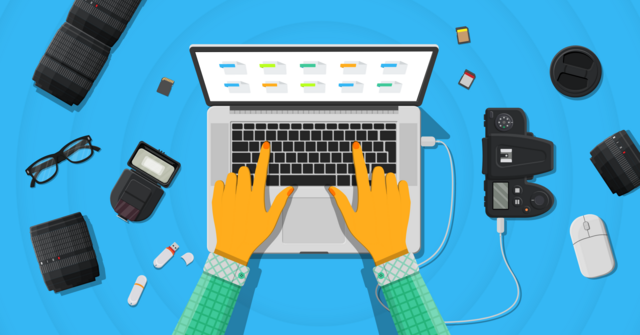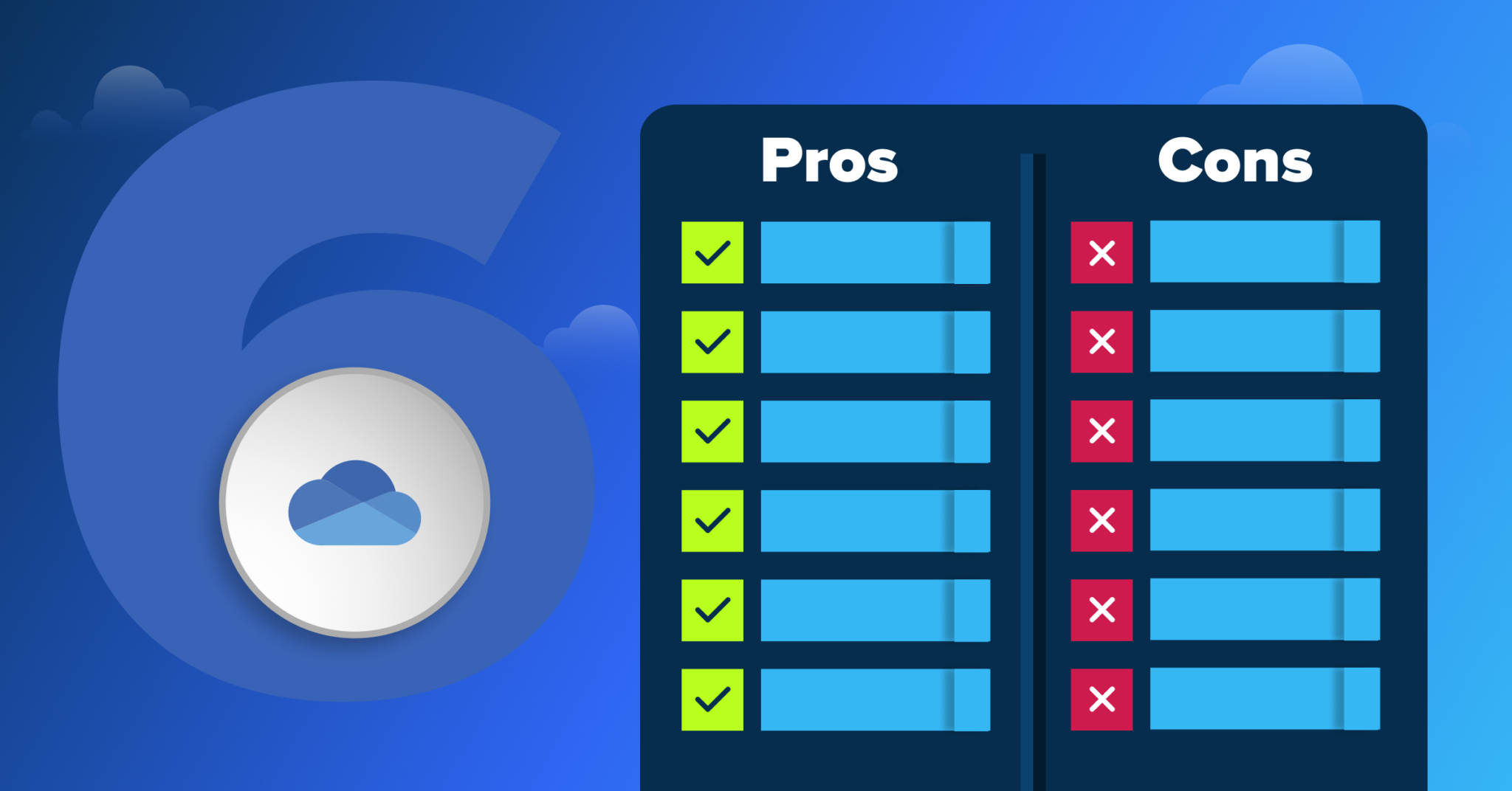
If you’re a professional photographer, you’re likely familiar with the stress of having thousands of photographs stored on memory cards and your computer. Without a proper backup strategy, you could lose these photos, resulting in dissatisfied clients, evaporated intellectual property and/or tons of extra work. As you try to keep your photos securely backed up, learn more about the top backup strategies and backup solutions for photographers.
4 Backup Strategies for Photographers
When you want to know how professional photographers back up their photos and protect themselves from data loss, you’ll want to start by following a few photo backup best practices. Instead of risking the loss of your photos, review our top four backup strategies for photographers below:
1. Follow the 3-2-1 Backup Rule
Any photographer serious about keeping their photos backed up securely should follow the 3-2-1 backup rule. This rule states that you should keep three copies of your data on two different media types, with one of these copies saved off-site. In practice, you might keep a copy of your data on your work device, another copy on an external hard drive, and a third copy on an endpoint backup provider’s secure cloud.
By following this rule, you can significantly reduce the risk of losing your pictures and any other data you need for work. The core idea behind this strategy is to ensure you have multiple places where you can access your images if something affects any one (or more) of your backup locations. For example, when your hard drive fails, you’ll still have copies on your personal devices and in your provider’s cloud.
2. Pair an External Hard Drive With an Endpoint Backup Solution
When following the 3-2-1 backup rule, you’ll need to choose between a few different types of backup solutions for photographers. After you make your selects and imports, and before you delete your photos from your memory cards, you’ll need to back up the photos to a physical device and a secure cloud. By backing up your copies on an external hard drive, you can reduce the risk of losing your photographs if user error or computer failure wipes your copies.
While storing copies of your photographs on an external hard drive is a great first start, especially if they are cataloged with your favorite image processing software, you’ll also want to upload a copy of your raw files to an endpoint backup provider’s cloud. With an endpoint backup solution, you can easily back up copies on your endpoint (e.g., a computer you use to edit your photographs) and upload them to a provider’s cloud. Keeping a copy of your files on a backup provider’s cloud will eliminate the risk of data loss when your primary copies on your endpoint are encrypted by ransomware or destroyed by physical damage to your hardware (e.g., you drop your laptop, or a fire destroys your computer and your hard drive).
3. Back Up Your Files Every Few Minutes (Especially When Editing)
Alongside guarding yourself against the threat of losing your original photographs and not having any copies available, regularly backing up your files will protect your productivity while you’re editing. If you only back up your files every few hours or once a day, user error or device failure could cause you to lose all the editing work you’ve completed. When this happens, you’ll have to redo all your work, which will put you at risk of missing deadlines and cause you to spend more time on a project than you should.
Due to the importance of maintaining your productivity, it’s best to pick a backup solution for photographers that backs up your files at least every fifteen minutes. If you’re editing a collection of photos and your device suddenly dies without saving the files, your backup will have a copy of your files from no longer than fifteen minutes ago. As a result, you’ll only lose a few minutes of productivity while you restore the lost files and redo the tiny amount of work lost. When picking a provider, you’ll want to ensure their backups occur every fifteen minutes, happen automatically, and take up minimal system resources to prevent device slow-downs.
4. Back Up Every Version of Your Photographs
From the original copy of your photo on your camera’s memory card to the fully edited file you send to your clients, it’s best practice to keep backups of every version of your photographs. Doing so ensures you can always go back to any point of the photo’s lifecycle after you restore it. For example, a client may ask you for the raw versions of your photographs. If you never backed up your originals, you may only have the edited photos to send them.
Instead of risking the loss of various file versions, you’ll want to keep all of them backed up. An endpoint backup provider that offers unlimited file versioning can help with this, as they can detect if your file has been modified and then save the new, modified copy to their cloud. When you need to access an earlier version of your file, you can simply download a version of your old file and get to work.
Back Up Your Photos With CrashPlan’s Endpoint Backup Solutions
If you’re a professional photographer who needs a backup solution, CrashPlan has you covered. We’re proud to offer user-friendly and affordable endpoint backup solutions to photographers. CrashPlan offers unlimited file versioning, automatic backups every fifteen minutes, and secure backups that encrypt your files at rest and in transit. Learn more about our endpoint backup solutions for photographers and other media-focused businesses today. If you’d like to try our endpoint backup solutions, please sign up for our free trial.






